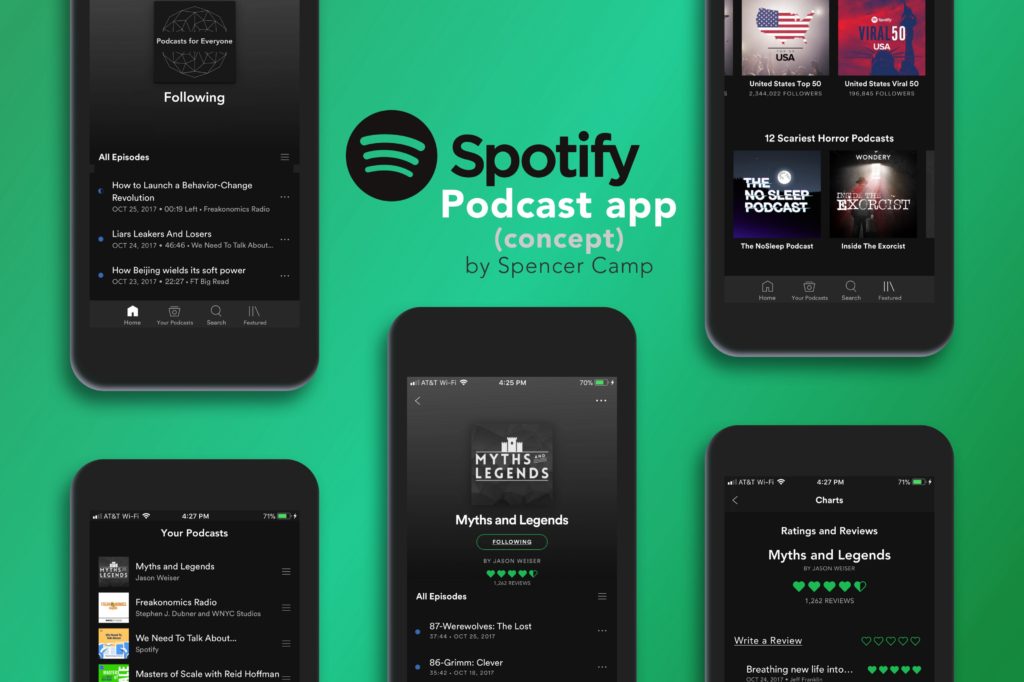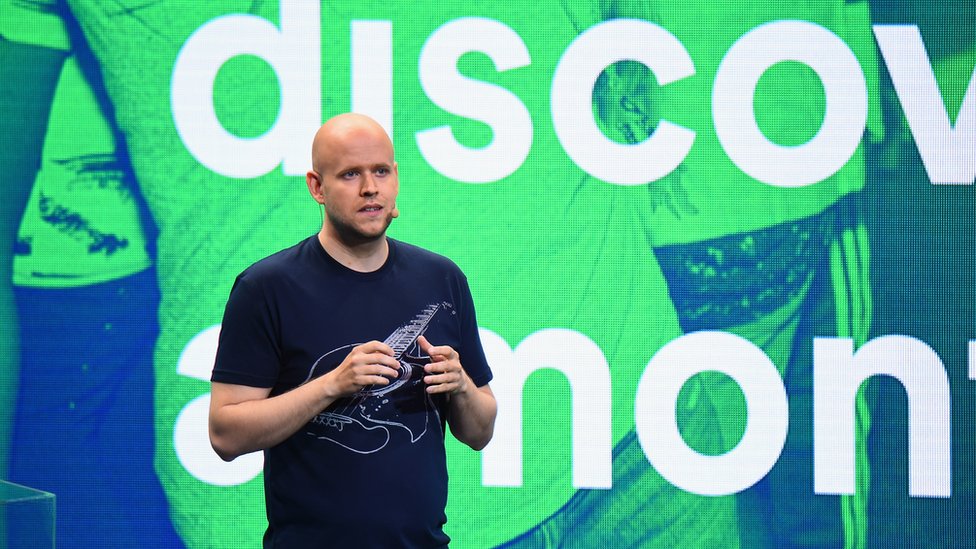

However, in contrast with sites offering pirated material, Spotify paid-and still pays-royalties to the music labels, which in turn pass some of the proceeds on to the musicians.

Initially, also Spotify was accused of hurting creatives in the music industry, as part of its business strategy is to propose “free” subscriptions (see below).

Since the turn of the millennial, digitization and, allegedly, music piracy lead to declining sales in the music industry for over a decade ( The Economist, 2016). Spotify was launched in Sweden in 2008 as a music streaming service amid a difficult time for the music industry. Spotify as the Robin Hood of the music industry? Finally, we examine how these pricing strategies affect Spotify users. After a brief description of Spotify’s cost side, we explain how Spotify generates revenues by using various differential pricing strategies. In this post, we want to understand the economic rationale behind Spotify’s pricing policy. Considering this large price spread, it should not come as a surprise that many consumers noticed it and that some consumers found it “unfair” (as some comments on Spotify’s online forum suggest).

In 2014, it ranged from $2.93 on the Philippines to $18.42 in Denmark ( Singers, 2014). Indeed, the price for a subscription to Spotify Premium varies substantially across the world. Noticing a large price difference inspired him to create a so called “ Spotify International Pricing Index” in honour of the famous “ Big Mac Index”. Matias Singers who moved from Denmark to Malaysia had a similar experience. Getting the math right, the $18.42 you were used to as a monthly fee from home differ from the $4.61 charged in Malaysia ( Singers, 2014). Being new to the country, you do the math of converting the currency from Malaysian Ringgits back to Danish Crowns to understand what you will have to pay. Imagine you moved from Denmark to Malaysia and you want to subscribe to Spotify Premium from your new home.


 0 kommentar(er)
0 kommentar(er)
